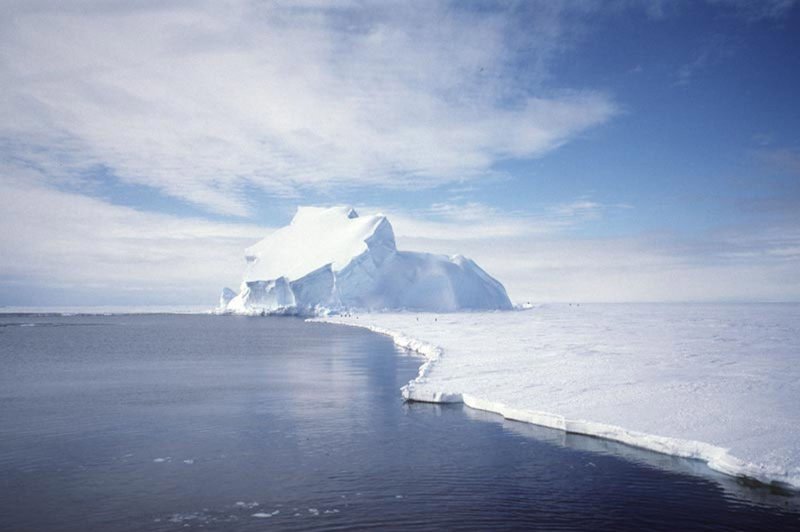The destabilization of Antarctica's ice sheet means the planet is likely to experience sea level rise for many decades after global warming has peaked. Photo by NASA/GRACE team/DLR/Ben Holt Sr. |
License Photo
Feb. 22 (UPI) -- Even if carbon emissions are curbed and rising temperatures are constrained, many scientists expect sea level rise to continue for some time. New research suggests sea level rise could last 300 years.
For some time, climate scientists have argued that some of global warming's impacts have already been baked into the planet's systems. Even if global temperatures stopped rising tomorrow, researchers contend, Earth's ice sheets have already been destabilized, leading to continued melting and sea level rise.
But while the latest efforts of scientists at the Potsdam Institute for Climate Impact Research lend credence to this contention, their findings point to the need for stronger emissions controls.
"Man-made climate change has already pre-programmed a certain amount of sea-level rise for the coming centuries, so for some it might seem that our present actions might not make such a big difference -- but our study illustrates how wrong this perception is," Potsdam researcher Matthias Mengel said in a news release.
The goal of the international Paris agreement is to reach the peak in global emissions as soon as possible -- a peak followed by an aggressive decline. The latest research, published this week in the journal Nature Communications, suggests the sooner the peak, the better.
"Every delay in peaking emissions by five years between 2020 and 2035 could mean additional 20 cm of sea-level rise in the end -- which is the same amount the world's coasts have experienced since the beginning of the pre-industrial era," Mengel said.
Mengel and his colleagues used several of the most advanced climate and sea level rise models to simulate a range of scenarios. All of the simulations operated under the assumption that global emissions restraints will limit warming to 2 degrees Celsius -- the aim of the Paris agreement. Each scenario differed, however, in the speed at which the goal is achieved.
The models suggests the planet will experience between 2.3 and 4 feet of sea level rise by the year 2300, but that achieving an emissions apex sooner rather than later will keep sea level rise at the lower end of the spectrum.
Per usual, uncertainty remains. Scientists have struggled to improve the precision of their sea level rise predictions as a result of the complexities of the Antarctic ice sheet.
"The uncertainty of future sea-level rise is at present dominated by the response of Antarctica. With present knowledge on ice sheet instability, large ice loss from Antarctica seems possible even under modest warming in line with the Paris agreement," said Mengel.
And while Mengel's simulations assume the goals of the Paris agreement are met, many climate scientists aren't so confident. Critics of the agreement contend a stronger global commitment to rein in emissions is necessary to meet the warming target of 2 degrees Celsius.















